What if you Lose the Likeness After Sketching?
You have some time to paint over the weekend. You set up your reference photo, knock out a nice looking sketch, and then excitedly start to paint.
But something happens.
After a few layers, things start to unravel. Suddenly, it just doesn't look like the person you're trying to do a portrait of anymore. You paint some more in an attempt to restore what you lost in the sketch, and now you've only made it worse!
Frustration sets in.
Can I fix this painting? Or do I have to start over? How much time did I spend on this already?
I had exactly this question asked of me by a student...
I can get a good likeness with the sketch but I seem to lose lots of the likeness after a few layers of paint. What do you think happens? --Ron
My answer back to him will be the basis for this article today. I think it will benefit you as well, if you have lost your likeness after sketching. I know I have!
Here's some tips to prevent the likeness in your sketch from being lost in your painting and also, how to get it back on track if you do.
1 Seal in Your Sketch
I know this sounds simple, but if you just start painting over pencil the thick paint on your brush will lift off some of the pigment on your canvas and it will smear. The end result is a muddy mix of paint and pigment and lost detail.
First of all, use colored pencil instead of graphite pencil to do your sketch. Burnt ochre or a similar color works best. Then carefully seal in the sketch with a wide synthetic bristle brush and matte medium.
Once it's dry you will have a barrier between your sketch and your paint.
2 Paint Lightly at First
When you start your actual painting process, I recommend to use thin glazes of paint (tiny bits of paint mixed with generous portions of matte medium) and gently block in the color and value. You want to just barely see the change between the white canvas and the color you're putting down at first.
Then, as you add more layers and depth, you can get aggressive with your paint. (At least compared to how you start out!) In the beginning, you'll use a ratio of 90% medium to 10% paint and then later, closer to 50-50.
By going light, you will preserve the detail of your sketch beneath. Only toward the middle to the end of the painting process will the sketch get completely covered up.
3 Convert Pencil Lines to Paint
Paint over the details of your sketch intermittently with round brushes as you paint the large areas with your flat brush. It will be a constant push-and pull between blocking in large areas of value and color, and fussy detail work. Toward the end of the painting you will be favoring more of the detail aspect of your painting.
As you darken in some of these pencil lines, you'll ensure you don't lose that valuable detail that you laid out in the sketching stage while applying large layers.
4 Emphasize Value Over Line
Remember that it is shading and value--those differences between light and dark with all the subtle variations--that describe a three dimensional illusion on a two-dimensional surface.
Lines can't do that.
Only shading can.
The lines in our sketch are there to tell us where to put the shading in during the painting process. And if you do some shading during the sketching process, even better. Then you'll be able to just enhance those areas with paint.
It is the shading (the use of value) that tells us how large someone's chin is, or the roundness of their nose, or fullness of their cheek, or boniness of their forehead.
So, my point is this: do some shading on your sketch, and that will help your painting process along.
5 You Will Lose the Likeness to Some Degree
That's normal. Happens to me all the time when I paint. Knowing this ahead of time will clear your mind of unrealistic expectations so that your frustration level can go down...and you can paint to the best of your ability.
The reason that the likeness inevitably does get lost is that as you're adding these various values in different places, there will be some spots on your painting that are just less finished than others. You may have painted the eyes about as dark as they are in the reference photo, but the eyebrows haven't "caught up" yet.
Or maybe you added some deep shadows under the chin, but you haven't quite dialed in the shading for the cheeks. If the person's chubby cheeks are a main part of their features, then missing this aspect can really throw off the likeness.
And this can go for parts all over the face.
I am working on a painting right now of three children as I write this blog post, and the likenesses aren't quite there yet. In fact, they look "off" to me. But I know that if I stick with it, it will work out. I prayed that God would help me to do it well, and I believe He will.
However, as in all of life, there's a struggle we have to go through to get to the other side. You can't have the mountains without the valleys. So, I'll stick with this, keep looking at my reference photo, keep praying and putting paint on the canvas.
And the end result, by God's grace, will be a fantastic painting that the client will love.
So for you, this means that as you bring all the unfinished areas of your portrait to completion, eventually, the likeness will not only get restored to how it was during your sketch, but it will be even better.
6 Get Critiques of Your Work
When you've tried the other tips and you feel like your painting is way off track you may want to consider getting a critique. If you have an artist group where you meet in person, that may be a good way to go. I have a Facebook group as well if you need some quick feedback.
Also, I do personal, one-to-one video critiques that you will show you precisely what you need to do to fix problem areas of your painting. Learn more here.
7 Start Over...If You Must
I don't recommend starting over a painting, except as a last resort. I think it's much better to stick with a painting and resolve problem areas to build confidence in your skills as an artist and to save time and money.
But if you find yourself sinking way too much time into the painting, reworking the same area over and over, and the texture is built up so much that you want to sand it off, it may be time to start over.
If the painting is in the beginning stages, and the composition or likeness was wrong from the start, then re-doing it may be the best choice. It may take less time to just start over than try to rectify your mistakes. You'll have to look at your painting and ask yourself "how far off is it?" Sometimes we get hard on ourselves as artists (we're perfectionists by nature) and it might be just a tiny thing that can make all the difference.
I had a painting like that. It just didn't look like the guy. Then I added a reflection on his eye that took all of one minute to paint--and that did it. It was him!
So, get a second opinion with a good critique, and then you'll know if it's worth it to start over. The person critiquing your may be able to give you an idea of how far off the rails you are. You may be closer that you think!
And there you have it: 7 tips to help you how to not lose your likeness, or if you do, how to get it back. Let me know how this helps!
Blessings to you and your painting,
If you like this post, please comment, upvote, follow me ( @mattphilleo ) and resteem. I post regularly on art, tips on painting and drawing, and encouraging thoughts. You are helping me to do art full-time and support a family. Thank you so much!--Matt
See more of my artwork at: MattPhilleo.com
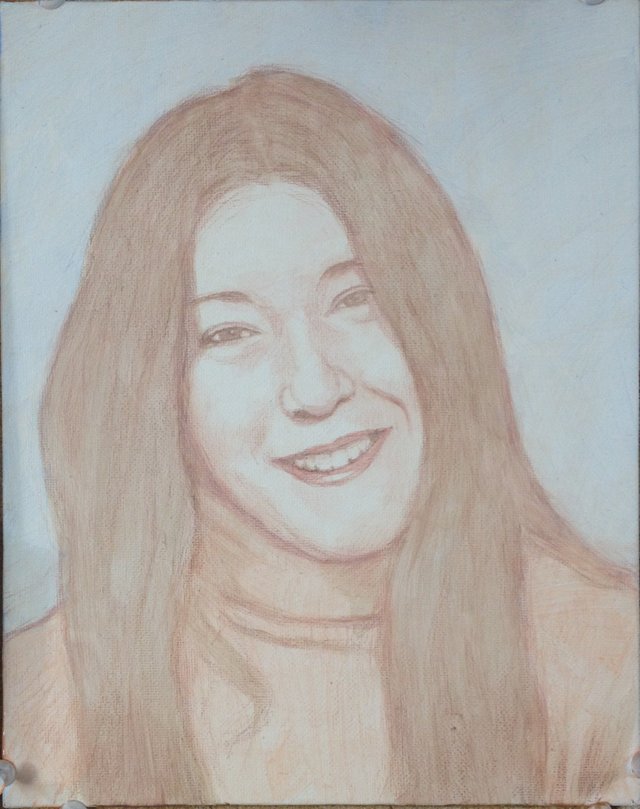
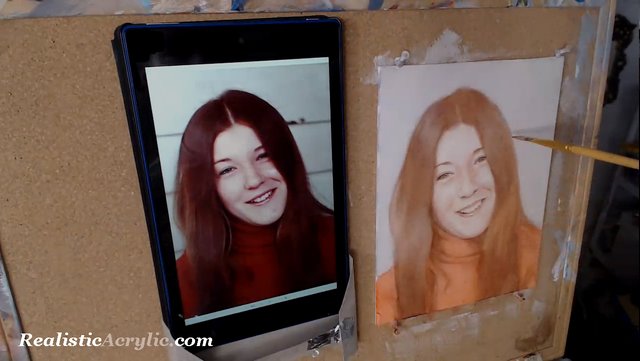
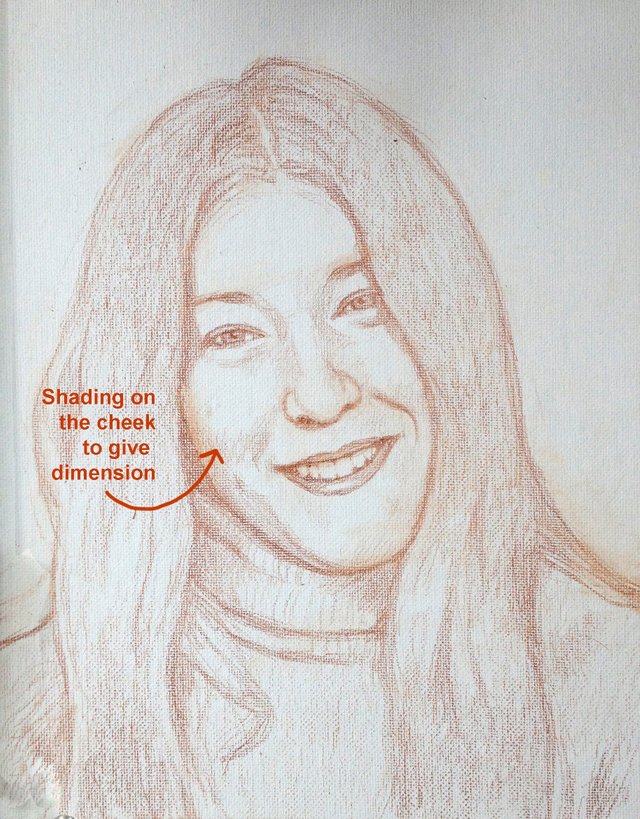
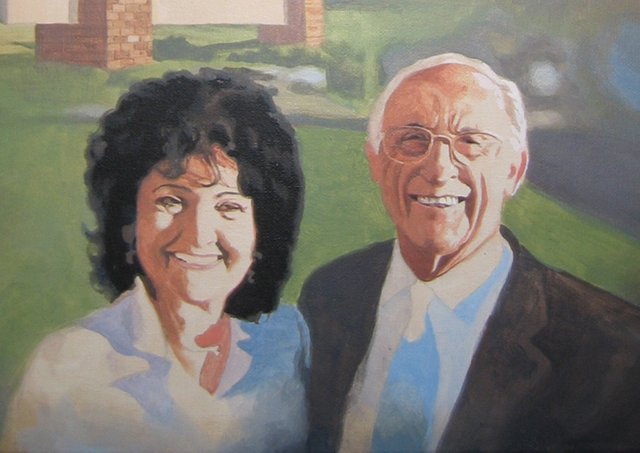
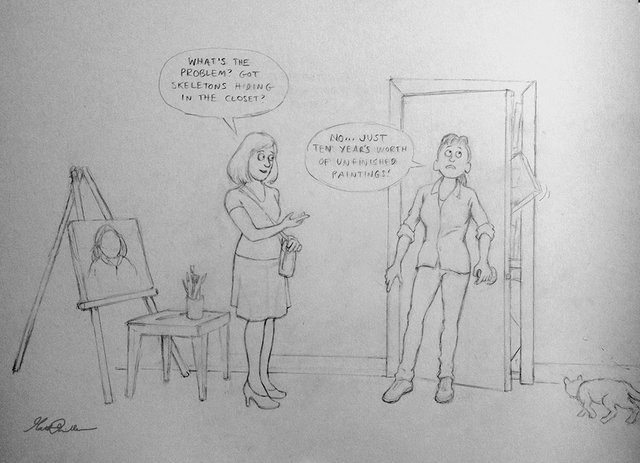

Congratulations! Your post has been selected as a daily Steemit truffle! It is listed on rank 7 of all contributions awarded today. You can find the TOP DAILY TRUFFLE PICKS HERE.
I upvoted your contribution because to my mind your post is at least 36 SBD worth and should receive 193 votes. It's now up to the lovely Steemit community to make this come true.
I am
TrufflePig, an Artificial Intelligence Bot that helps minnows and content curators using Machine Learning. If you are curious how I select content, you can find an explanation here!Have a nice day and sincerely yours,

TrufflePig